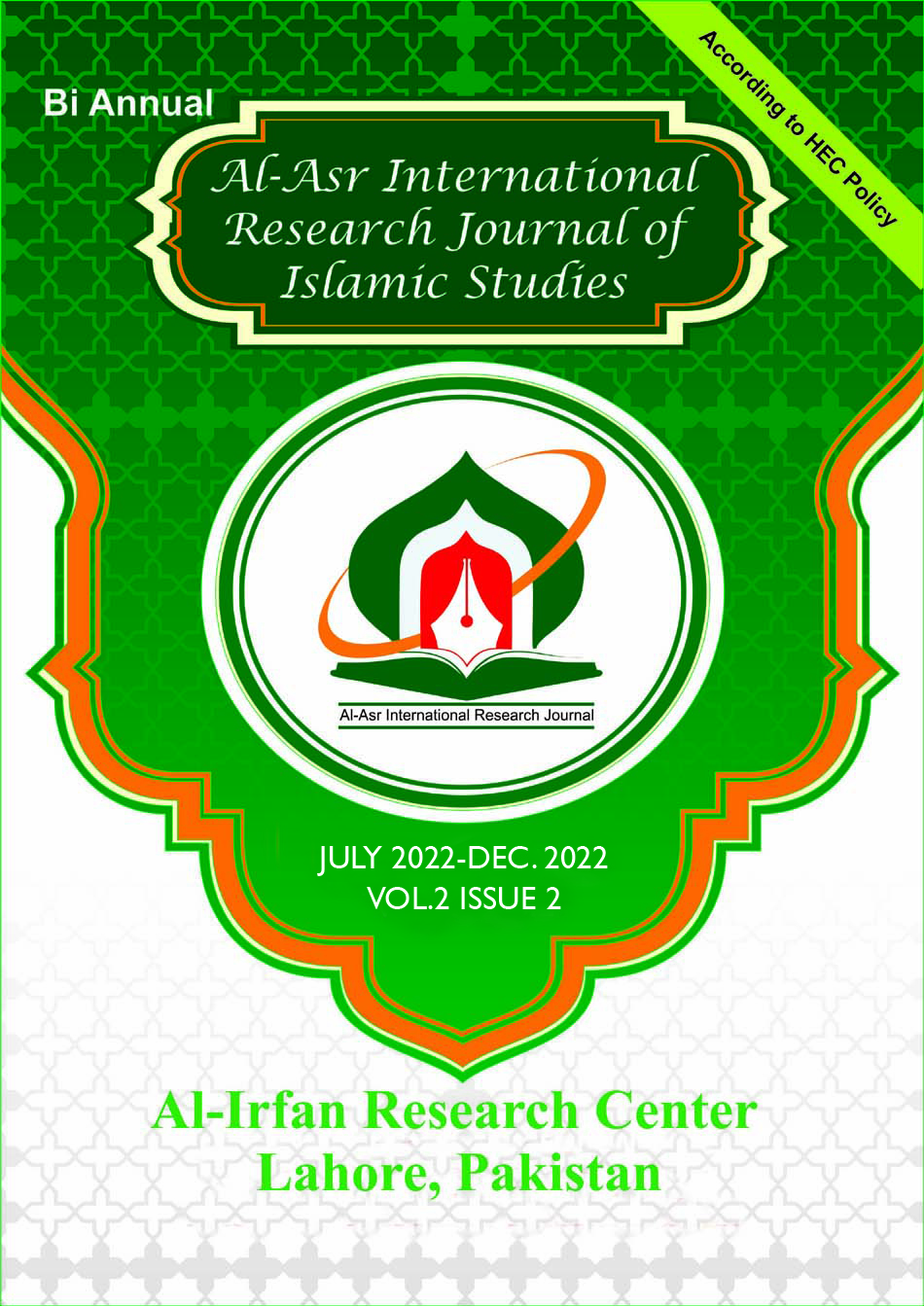Different Opinions of Muslim Jurists about Moon Sighting (A comparative study)
رؤیت ہلال کے متعلق فقہاء کی آراء کا تحقیقی و تقابلی مطالعہ
DOI:
https://doi.org/10.1234/asr.v2i2.16Keywords:
Muslim, Jurists, Moon, Opinion, DisordersAbstract
In this article, it will be reviewed how many and which methods of sighting the crescent moon are lawful and popular around the world in general and in the Indian subcontinent in particular among scholars. Also, which of them has been adopted by the Muslim Ummah? It is a fact that today Muslims all over the world start Ramadan and celebrate Eid according to the guidance of their local scholars after getting the certainty of sighting the moon. The reason is clear that they act according to their local sighting. At present, the following three methods are being adopted for sighting the crescent moon in Islamic countries around the world: 1. the first case is that the moon is seen for the month of Ramadan and Eid, and when the moon is completely clear then Ramadan and Eid start. 2. The second case is that if the moon is not visible due to the disorders, then according to the instructions of the Holy Prophet (blessing & peace be upon him), thirty days are completed.3. The third case is that the astronomers say that the moon will be visible on the horizon tonight, and if this is known through research, then it is acted upon. In the first case, visibility is in existence, active and direct, while in the latter two cases, visibility is not in existence but is active and indirect. In the article under review, the Sharia arguments about these three cases will be explained.
Downloads
Published
Issue
Section
License
Copyright (c) 2023 AL-ASR

This work is licensed under a Creative Commons Attribution 4.0 International License.









